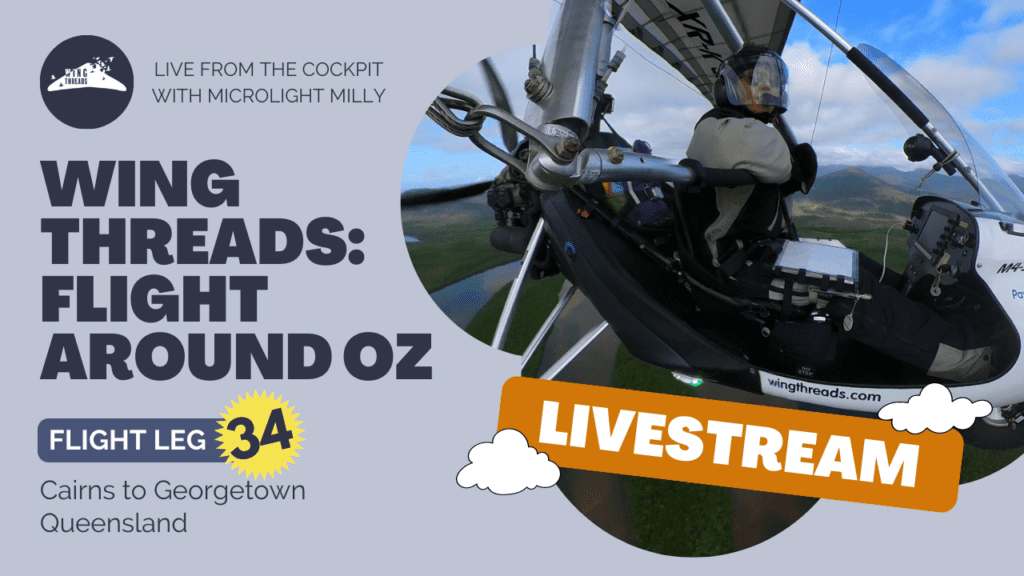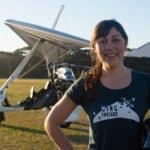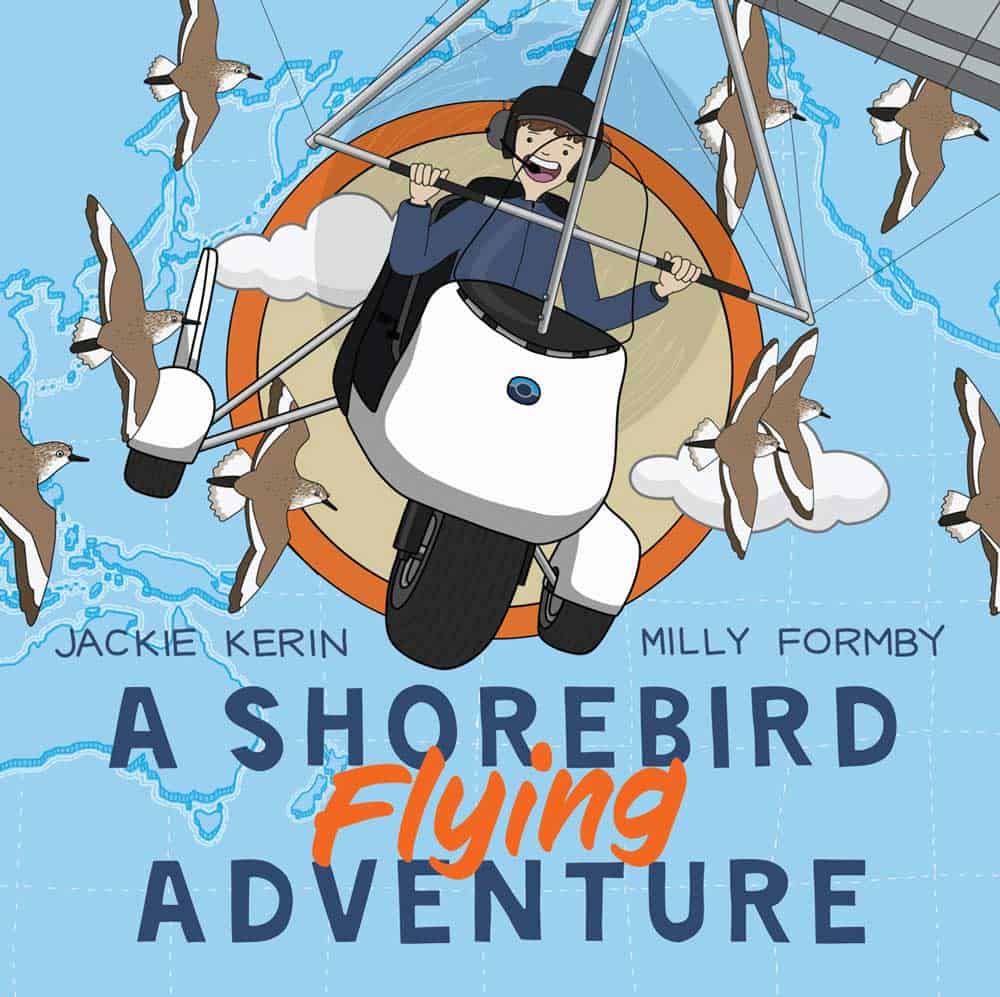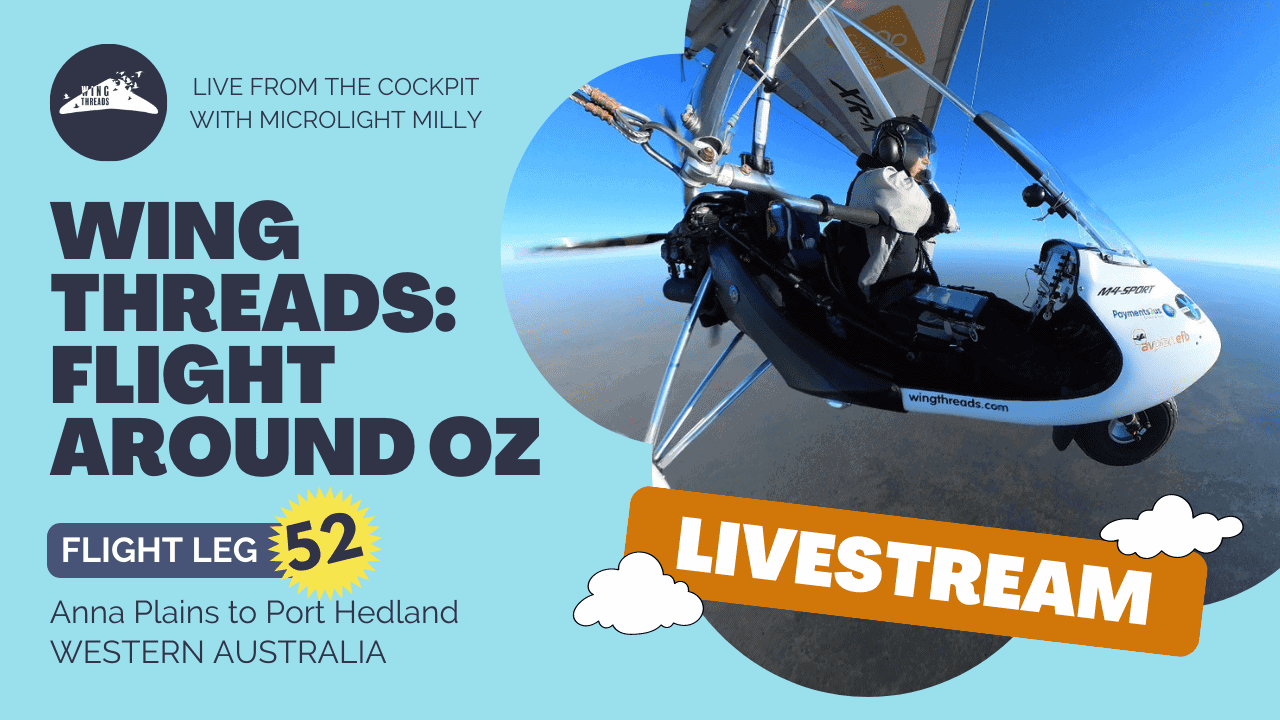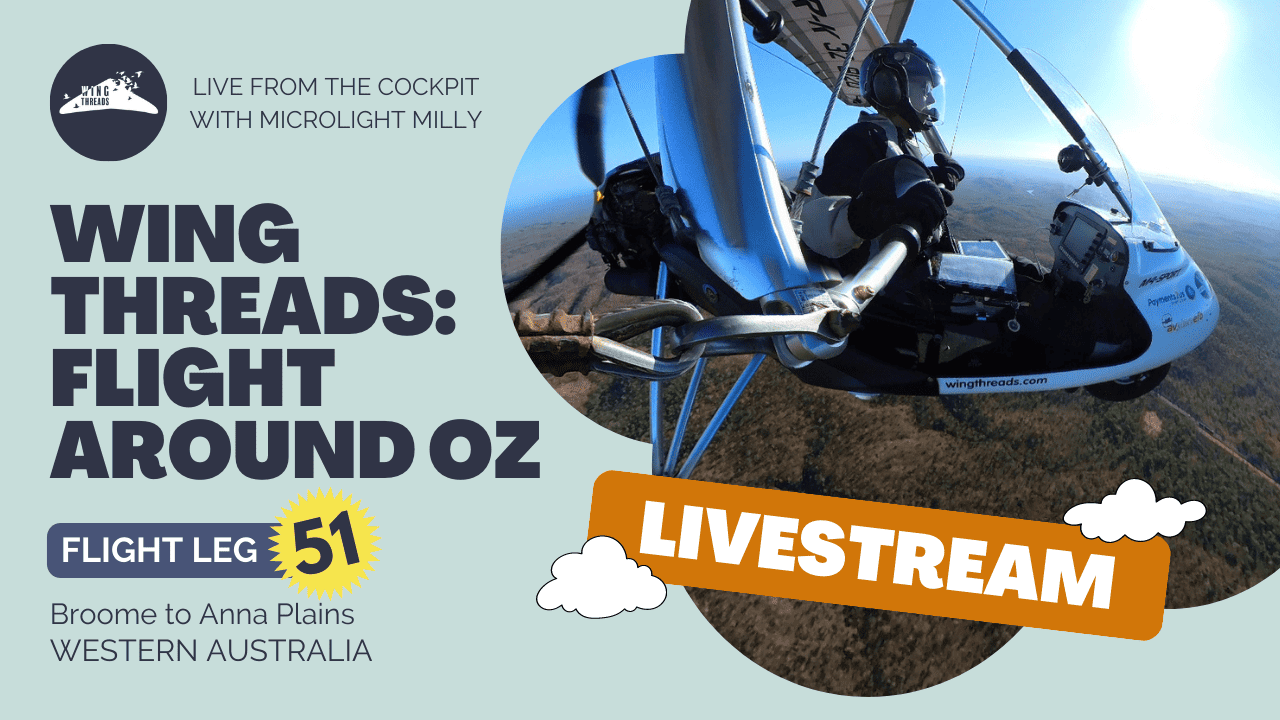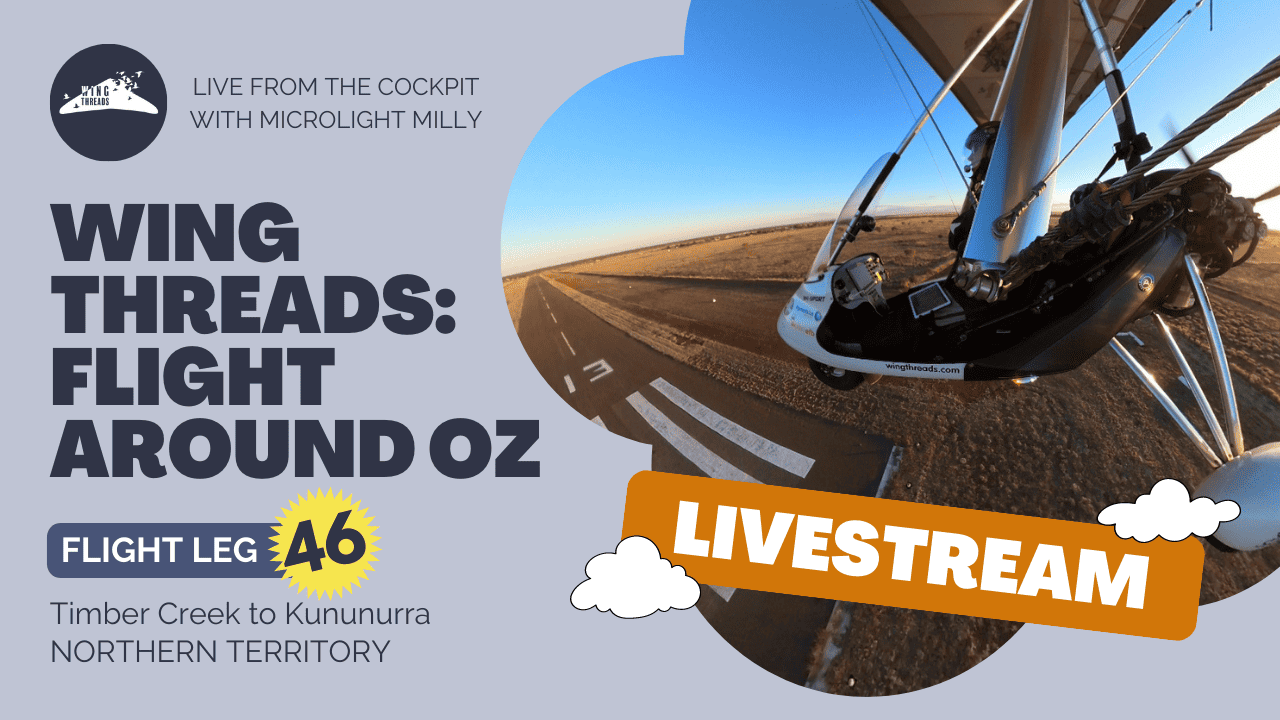Atherton to Georgetown
The morning after flying into Atherton, it was time to take-off again and start making my way west towards the Gulf of Carpentaria. Jack Cross led the way in his aircraft, showing me the way to go over the hills towards the wind turbines before following the Gulf Developmental Road all the way to Georgetown.
On the way I flew over Mount Garnet and Mount Surprise and past the Undara Lava Tubes. What struck me most was how quickly the landscape changed from wet tropical forest to dry savannah grassland and red earth.
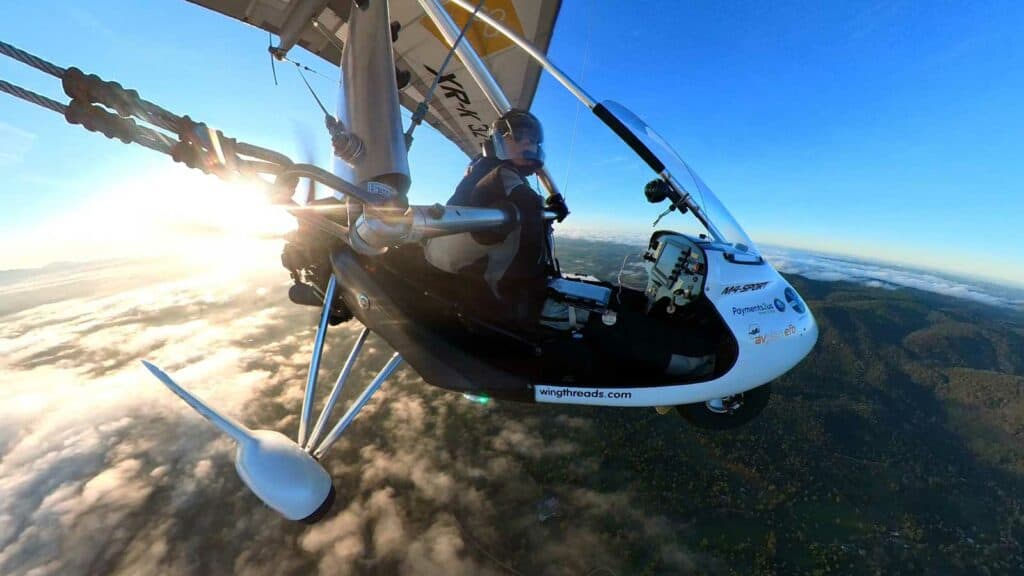
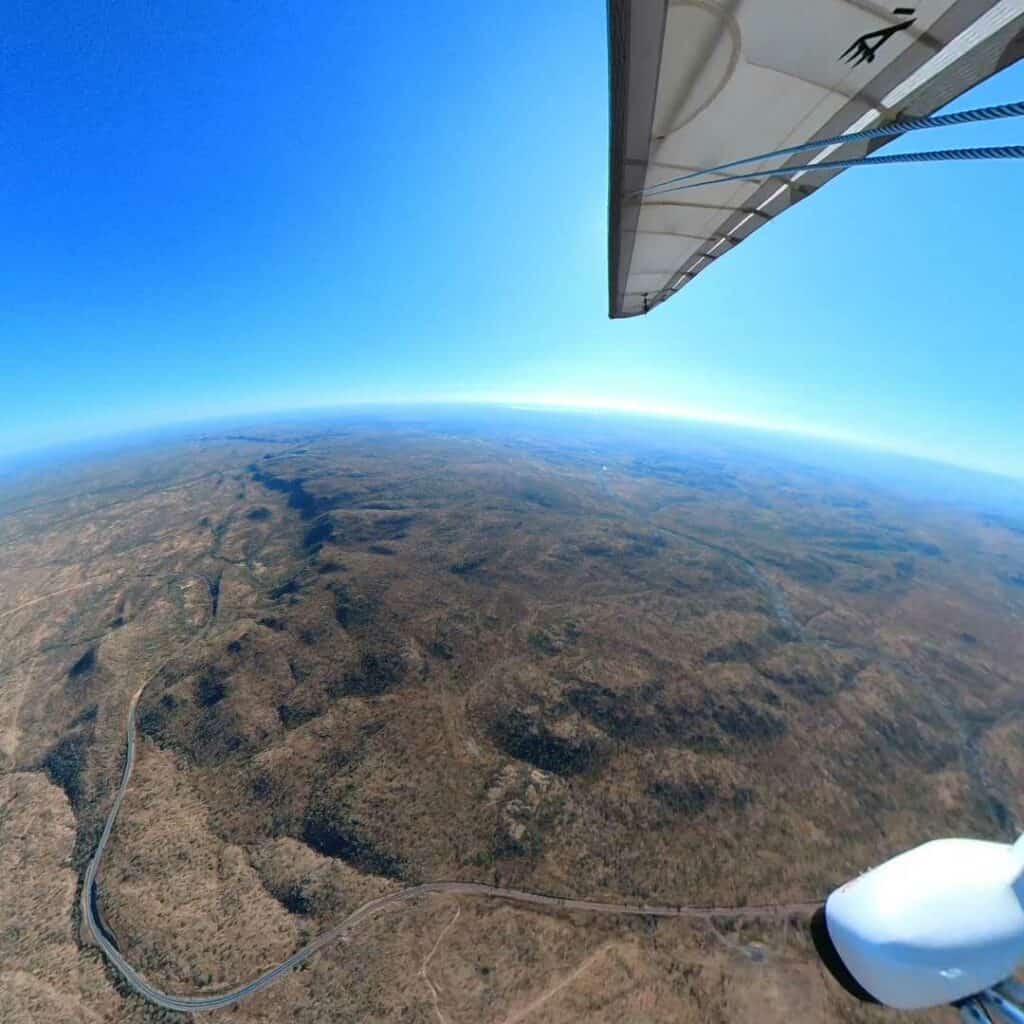
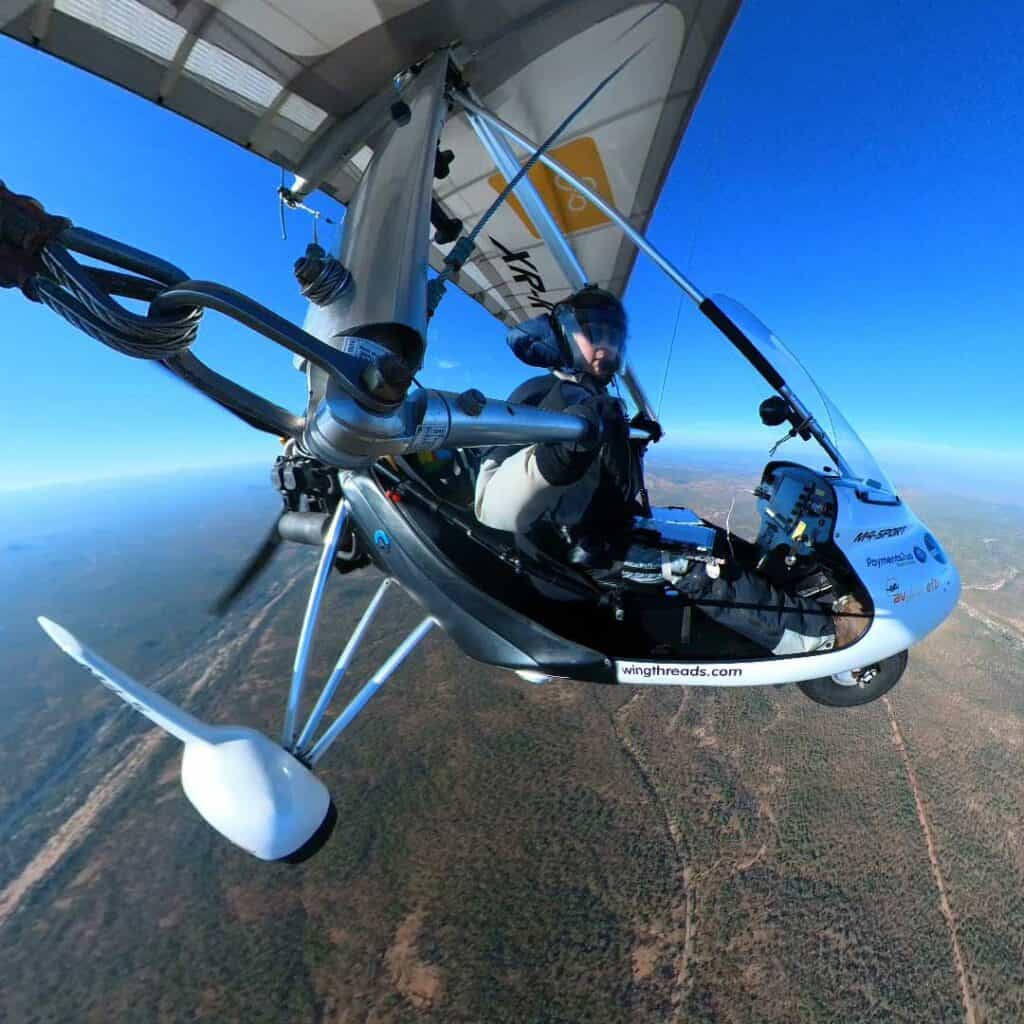
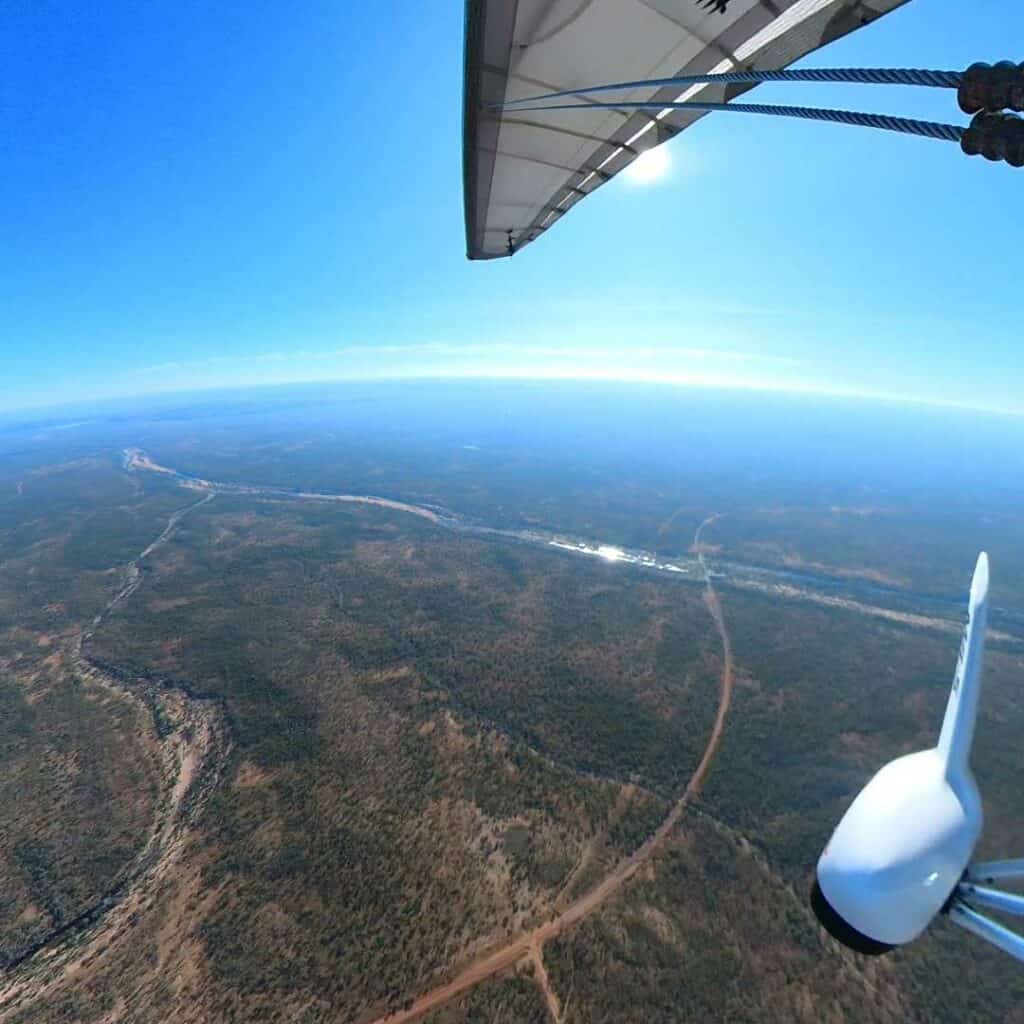
Grant arrived at the airport shortly after and we packed down the trike because we knew we’d be in town for at least a few days before I could fly to Normanton. This is the first time I’ve had to pack up the wing since being on the Nullarbor and I knew it was going to become the norm as I travelled through northern Australia as there just aren’t many hangars at these remote airports.
Once we had the trike all packed away, we found ourselves a comfy camp site at the local Goldfields Caravan Park and settled in.

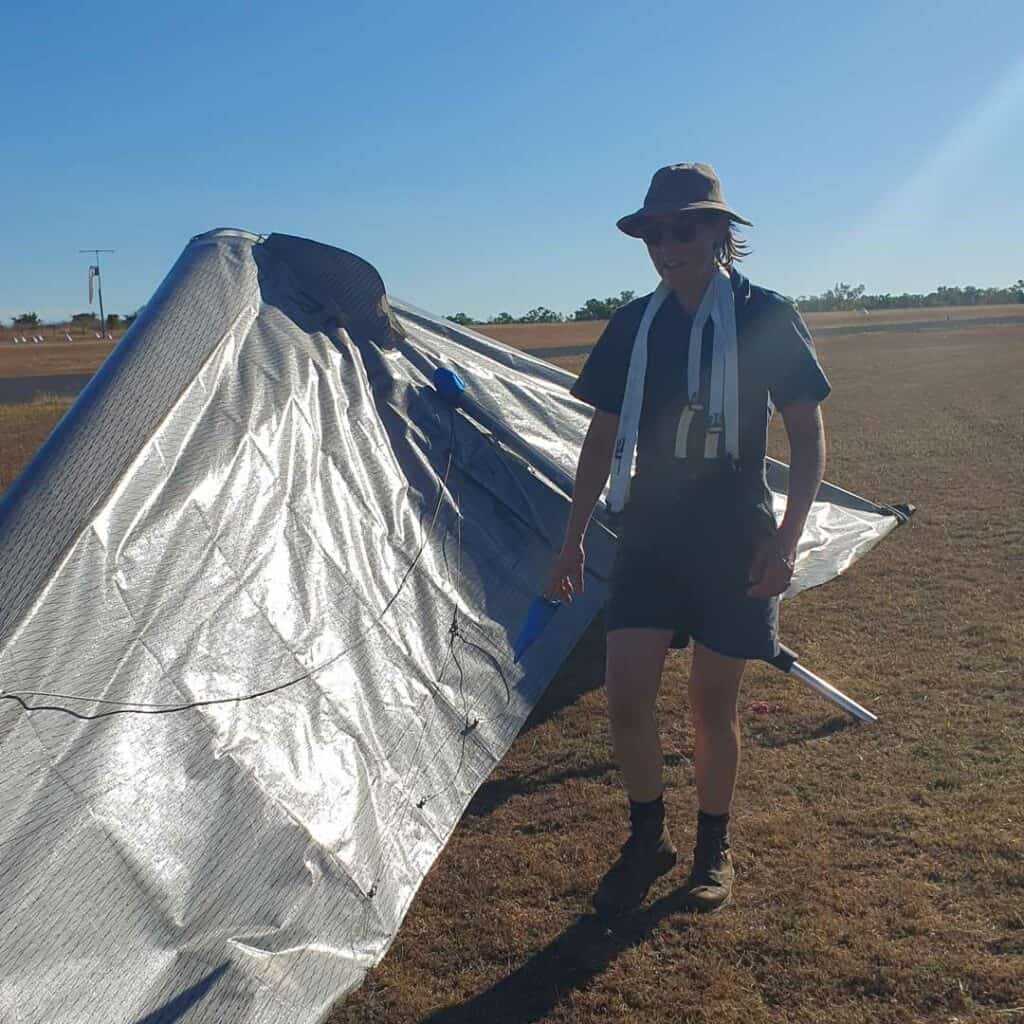
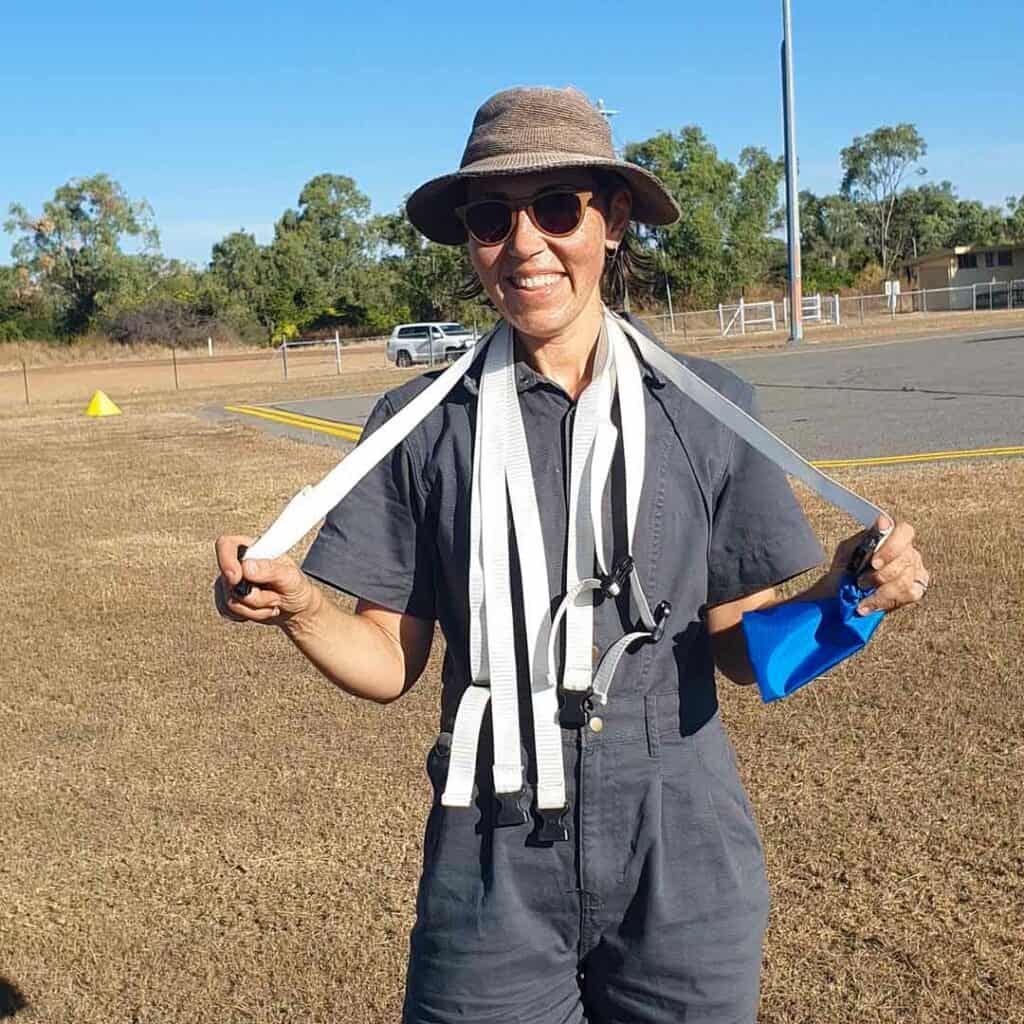
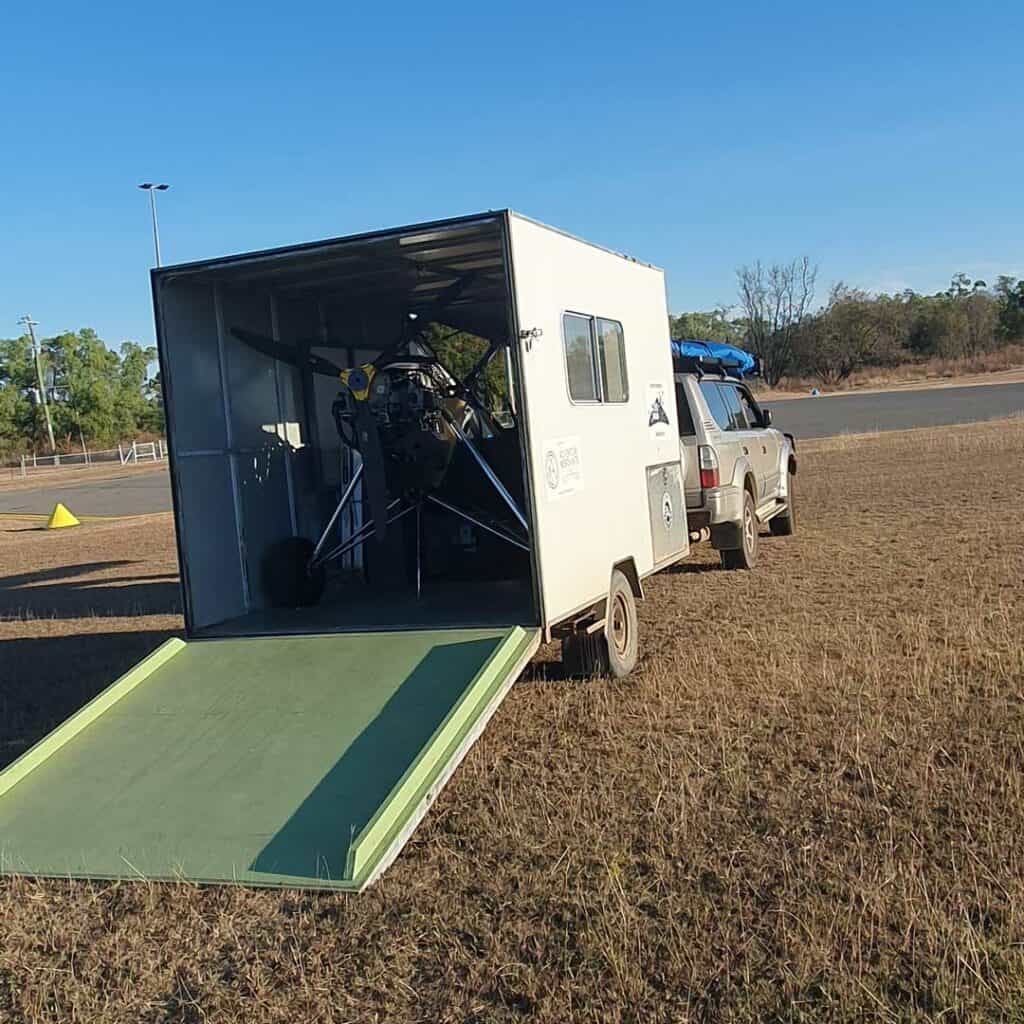
With school holidays on, I wasn’t able to visit any schools. So we focused on what we do best – going birdwatching! There are many waterholes in this part of Australia and they’re amazing places to go birding.
Georgetown is a hotspot for finch species so we went looking for them at the local racecourse as well as Cumberland Dam. At Cumberland Dam, we saw 5 species of finches in one morning – Zebra, Double-barred, Masked, Plum-headed and Black-throated Finch! We dipped on Gouldian and Long-tailed but you can’t have everything 😀I was so chuffed to see Black-throated Finch!
You can see all the species on my eBird list here.
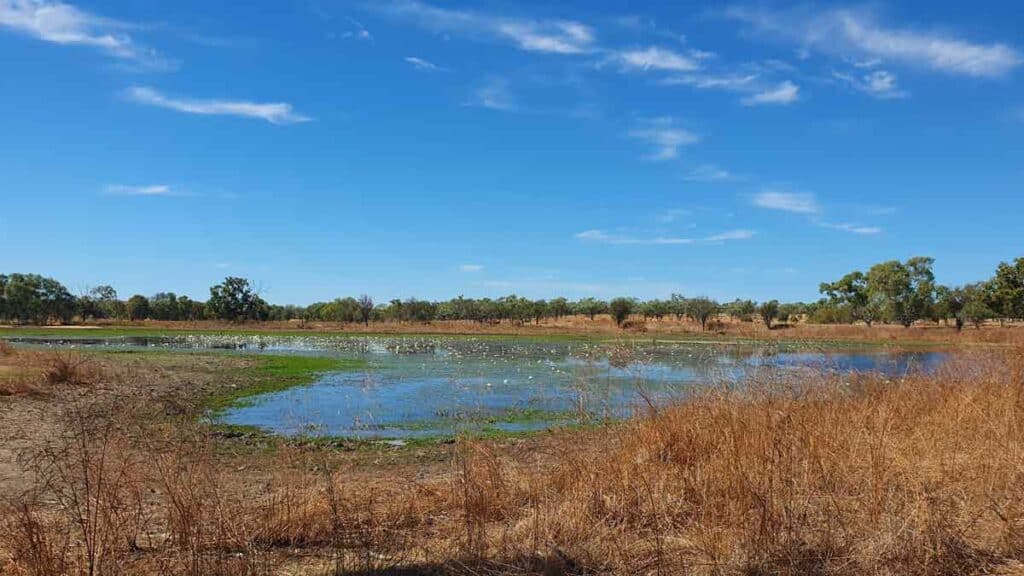
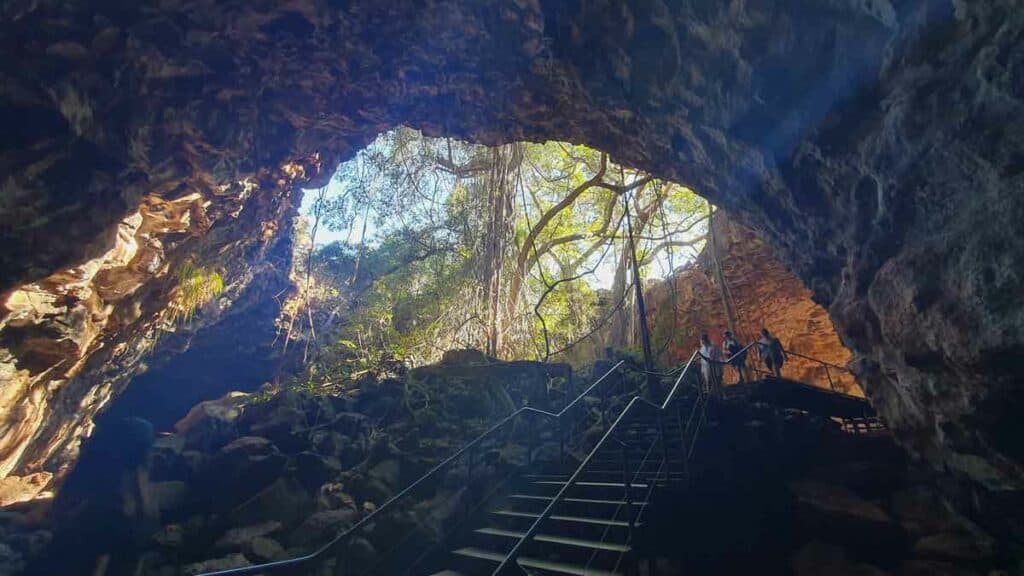
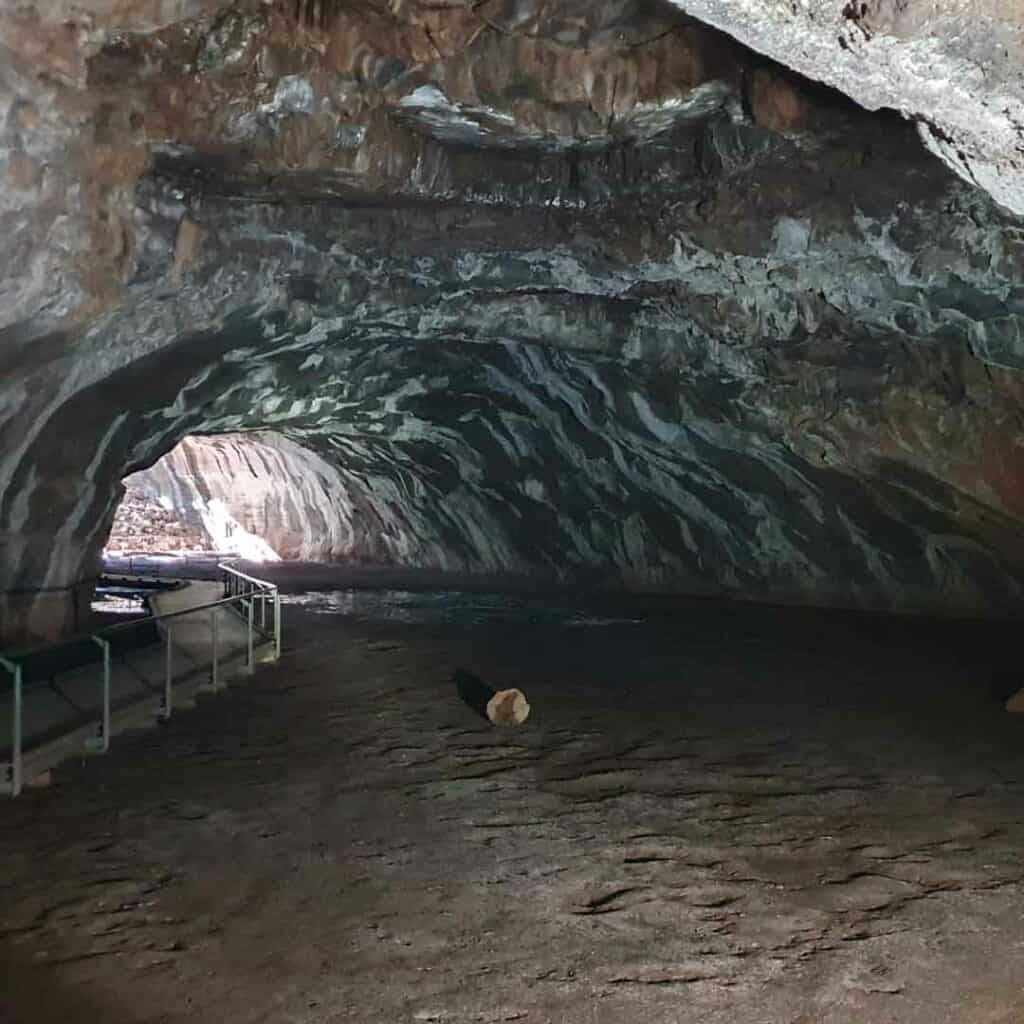
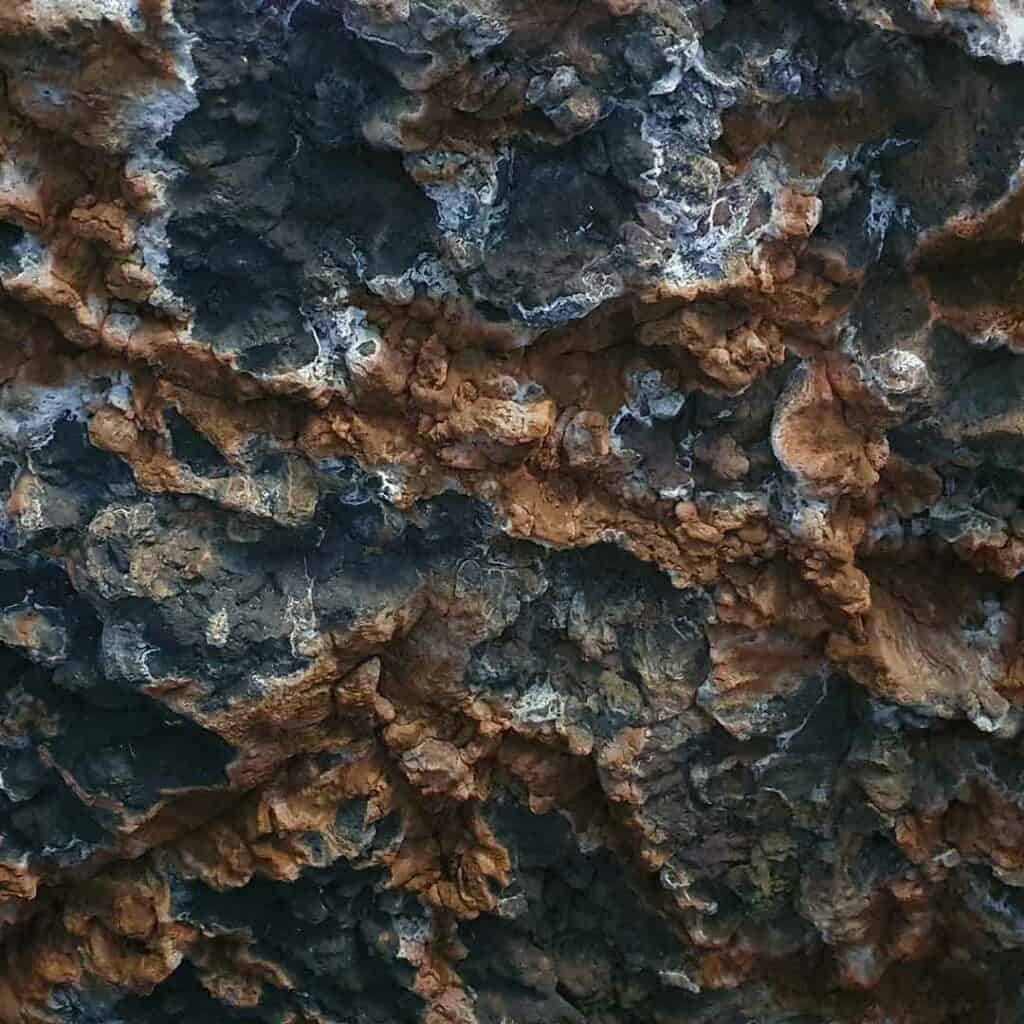
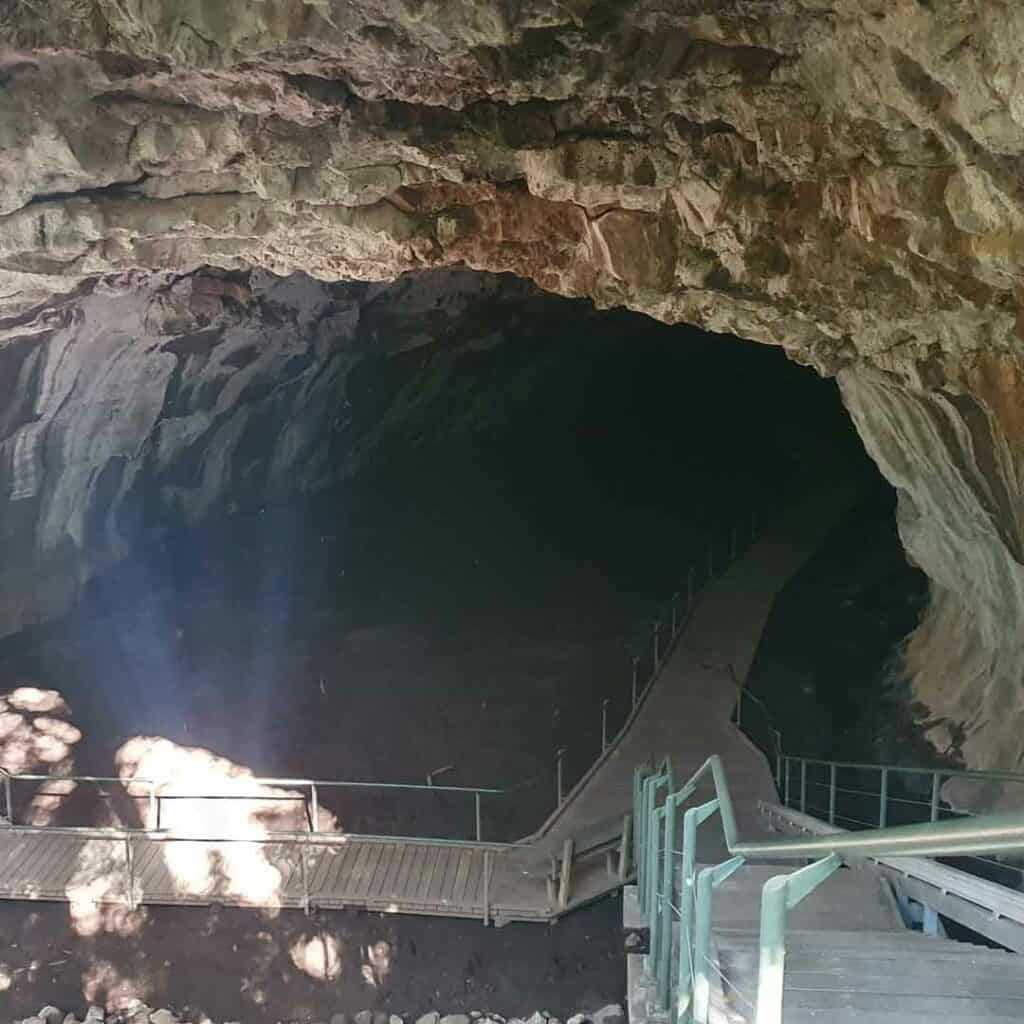
If you missed the livestream for Flight Leg 34 from Atherton to Georgetown, you can watch the livestream replay on YouTube by clicking the link below.
